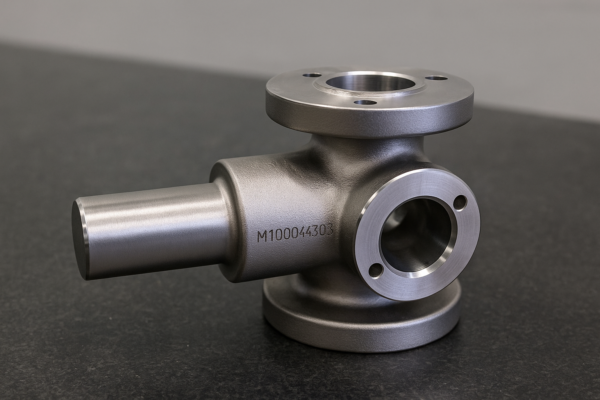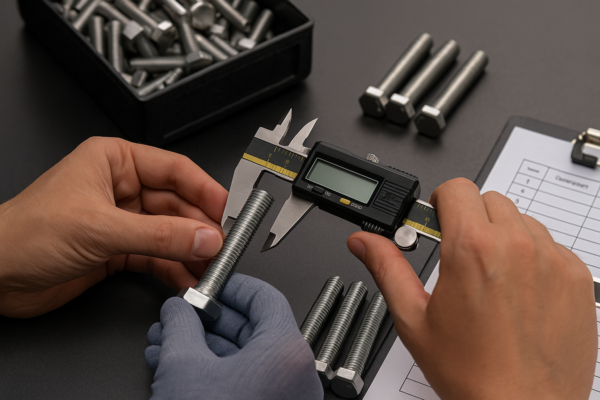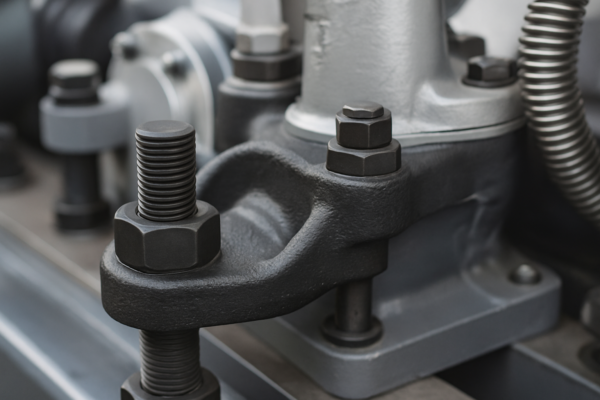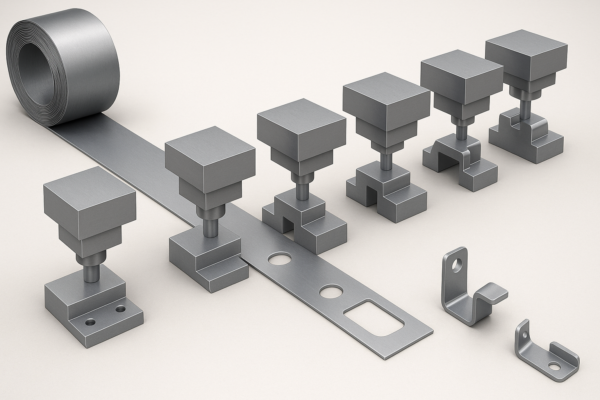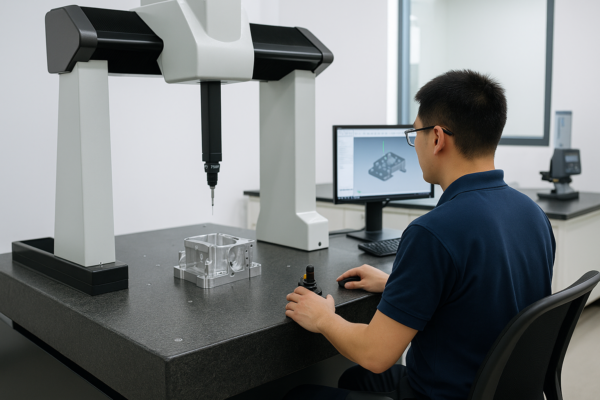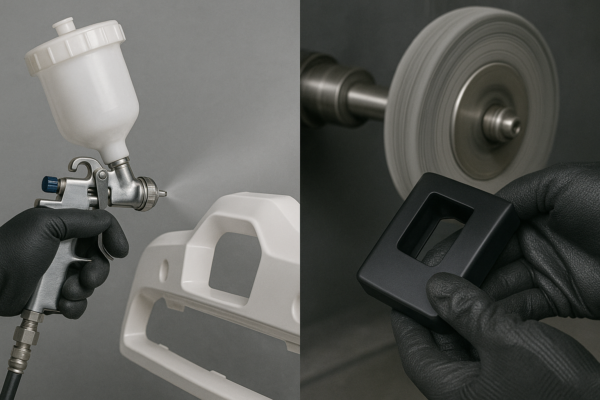Applications of Forged Metal Parts in the Automotive Industry: Driving Innovation and Reliability
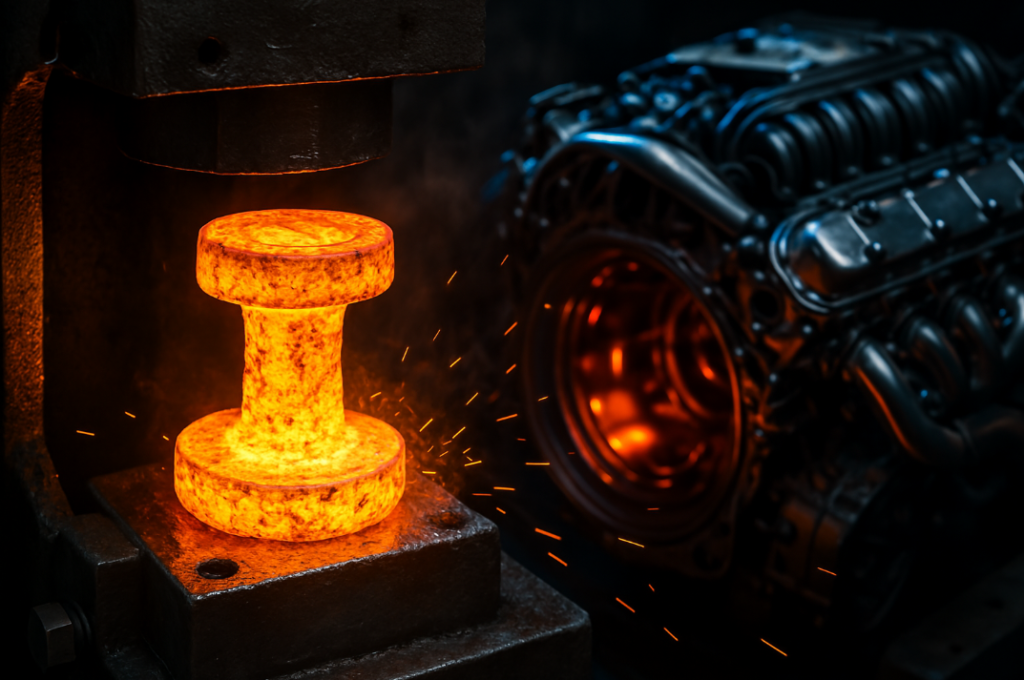
The automotive industry relies on forged parts for critical safety and performance components—strength, durability, and precision matter more than ever.
Forged automotive parts offer superior fatigue resistance, weight savings, and reliability over cast alternatives—key for powertrains, suspensions, and safety systems in modern vehicles where failure is not an option.
At Prime Manufacturing, we’ve supplied high-precision forged components to global automakers for decades. Below, we explore how forging enhances vehicle performance while reducing long-term costs.
1. Engine Components: Why Forged Parts Dominate High-Performance Powertrains?
Critical Forged Engine Parts & Their Advantages
| Component | Material | Benefit | Cost vs. Casting |
|---|---|---|---|
| Crankshaft | Alloy Steel (4340) | 35% longer fatigue life | +20-25% |
| Connecting Rods | Forged Steel/Ti | Weight savings + strength | +15-30% |
| Camshafts | Billet Steel | Higher RPM stability | +10-20% |
🔹 Case Study: A German luxury automaker switched to forged titanium connecting rods, reducing engine weight by 12% while increasing horsepower limits.
✅ Pro Tip: For turbocharged/supercharged engines, forged internals prevent catastrophic failure under extreme pressure.
2. Suspension & Chassis: How Forging Improves Handling and Safety?
Key Forged Suspension Components
- Control Arms (better impact absorption vs. cast)
- Steering Knuckles (higher rigidity for precise handling)
- Wheel Hubs (resists bending under load)
| 📊 Fatigue Test Data (Alloy Steel): | Process | Cycles to Failure |
|---|---|---|
| Forged | 500,000+ | |
| Cast | 150,000-300,000 |
⚠ Warning: Using cast suspension parts in off-road/performance vehicles can lead to premature cracks under repeated stress.
3. Transmission Systems: Where Forging Outperforms Casting?
Forged vs. Cast Transmission Gears
| Factor | Forged Gears | Cast Gears |
|---|---|---|
| Tooth Strength | 40% Higher | Prone to pitting |
| Noise Levels | Smoother engagement | More vibration |
| Repair Costs | Rarely fails | Frequent replacements |
💡 Industry Trend: EV manufacturers now prefer forged gear blanks for e-axles to handle instant torque without stripping.
4. Safety Components: Why Crash Structures Rely on Forging?
High-Strength Forged Safety Parts
- Seatbelt Anchors (must withstand 5,000lb+ forces)
- Door Hinges (prevents failure in side impacts)
- Bumper Beams (absorbs collision energy predictably)
🚗 Real-World Impact: A US automaker reduced warranty claims by 60% after switching to forged front-end brackets that resisted crash deformation better.
📌 Regulation Note: Many EU/US safety standards now mandate forged parts for critical load paths.
5. Emerging Trends: Forged Parts in EVs & Lightweighting
How Forging Supports Next-Gen Vehicles?
🔹 Battery Trays: Forged aluminum dissipates heat better than welded assemblies
🔹 Motor Housings: Forged steel contains electromagnetic interference more effectively
🔹 Lightweight Suspension: Forged alloys cut weight without sacrificing strength
📈 Market Shift: Tesla and BYD now use forged aluminum subframes, saving 18-22kg per vehicle versus steel.
Conclusion:
From engine blocks to crash beams, forged parts ensure reliability where failure is unacceptable—while reducing long-term ownership costs through extended lifespans and fewer recalls.
At Prime Manufacturing, our 30+ years of forging expertise helps automakers optimize designs for performance, safety, and cost-efficiency. Need high-performance forged automotive parts? 🚀 Contact us today for a FREE engineering consultation!
📌 Key Takeaways:
✔ Forged powertrain parts withstand extreme stresses longer
✔ Suspension & safety components demand forging’s fatigue resistance
✔ EVs now adopt forging for lightweight durability
✔ Regulations increasingly favor forged safety-critical parts
✔ Always source from IATF 16949-certified suppliers like Prime

